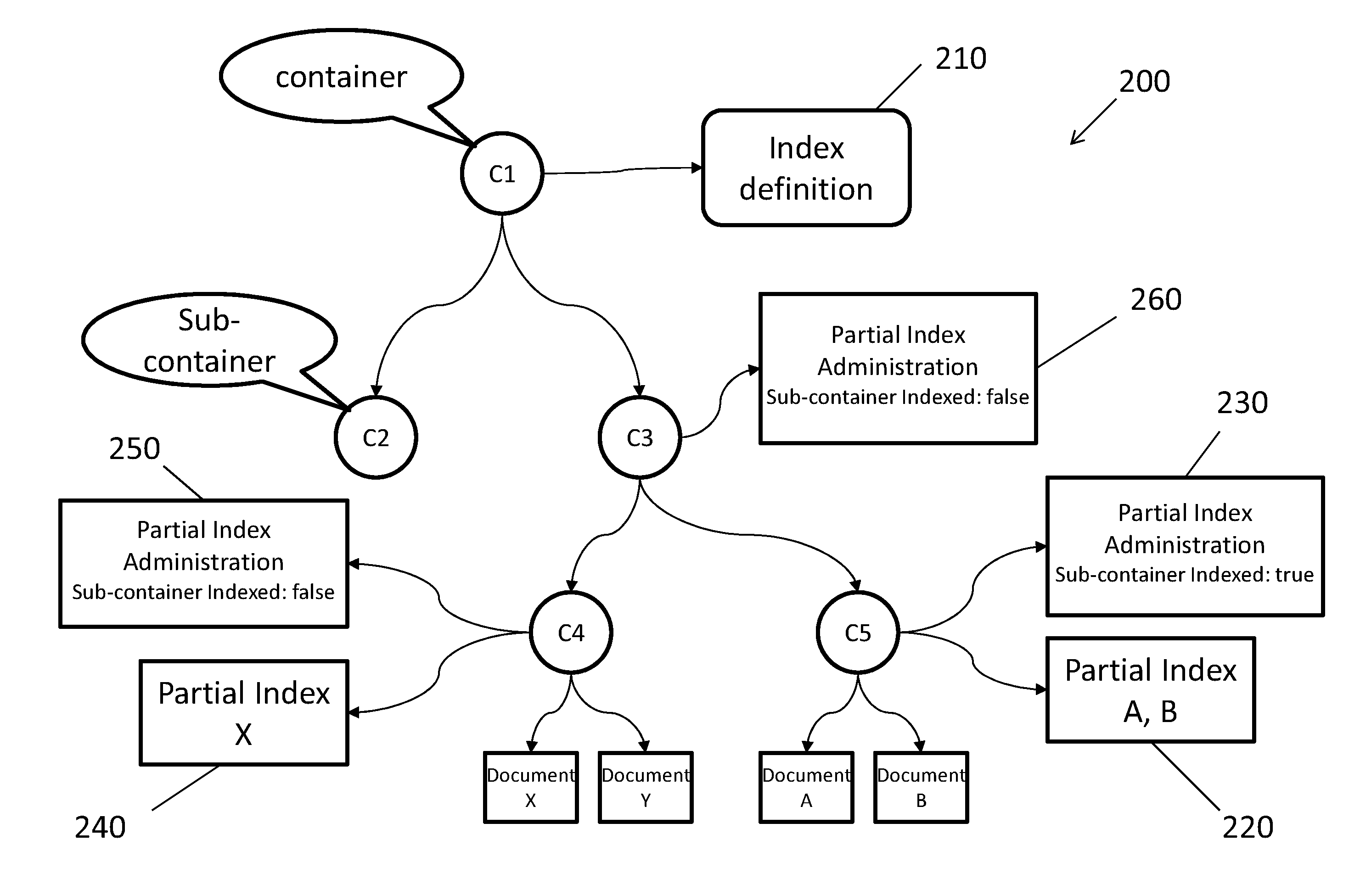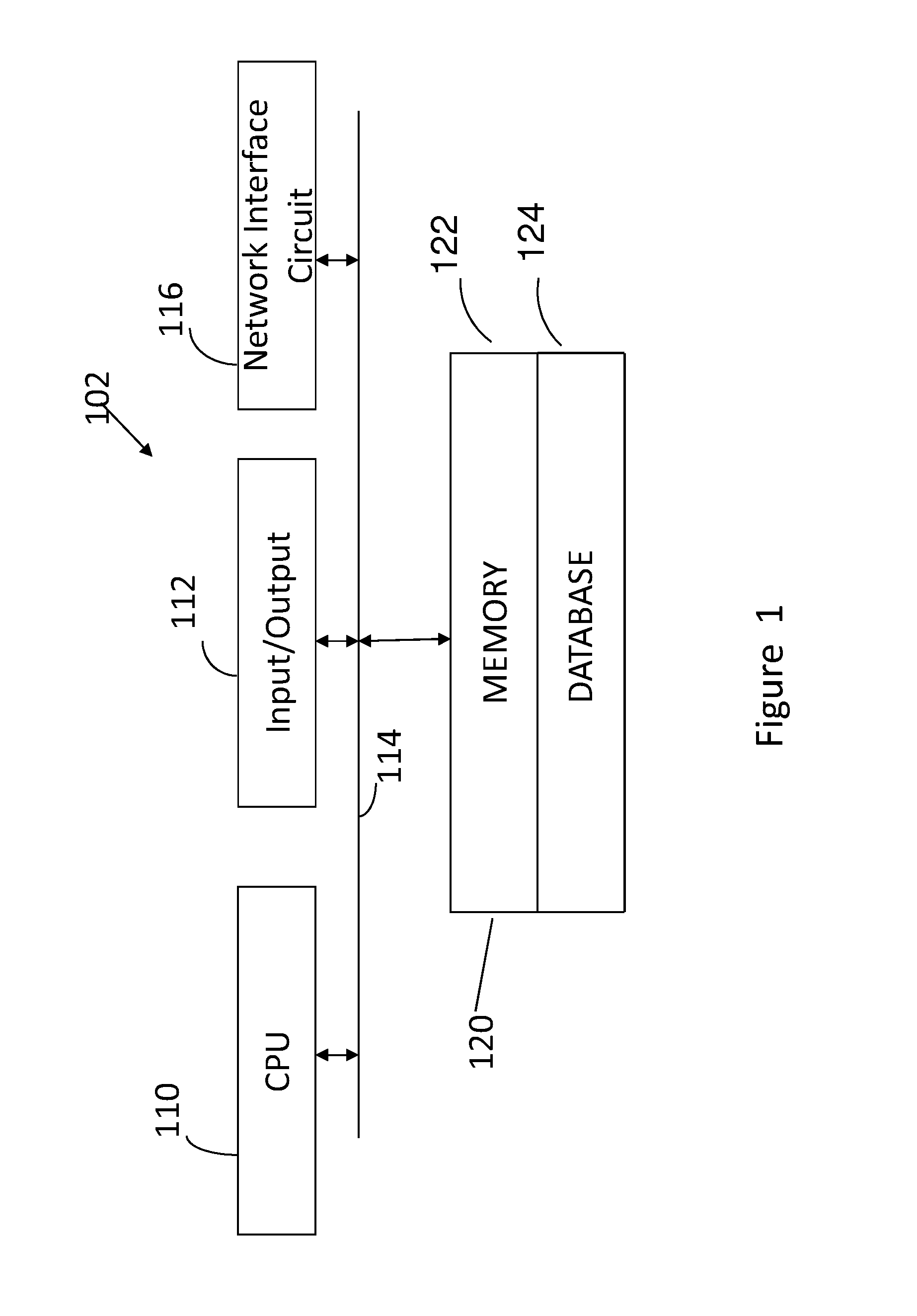Progressive indexing for improved ad-hoc query performance
a technology of ad-hoc query performance and progressive indexing, which is applied in the field of database performance improvement, can solve the problems of not being worth the effort, requiring many hours, and being too expensive to build an index of the databas
- Summary
- Abstract
- Description
- Claims
- Application Information
AI Technical Summary
Benefits of technology
Problems solved by technology
Method used
Image
Examples
Embodiment Construction
[0008]The invention is particularly well adapted for use with large databases that store infrequently accessed data which is accessed using ad-hoc queries, and will be described in that context. However, as will be appreciated, this is illustrative of only one utility of the invention and the invention has applicability to other databases more generally.
[0009]As will be described in more detail below, the invention does not attempt to index the entire data set of a large database before executing queries on the database. Thus, it avoids the cost in time and resources that attend full indexing approaches. Rather, the invention employs a new progressive indexing approach that builds partial indexes over subsets of the data as the data is scanned, i.e., traversed, during execution of ad-hoc queries. The invention progressively builds indexes as one or more ad-hoc queries “touch” the data. This permits ad-hoc queries to utilize partial indexes built by other ad-hoc queries if they are q...
PUM
 Login to View More
Login to View More Abstract
Description
Claims
Application Information
 Login to View More
Login to View More - R&D
- Intellectual Property
- Life Sciences
- Materials
- Tech Scout
- Unparalleled Data Quality
- Higher Quality Content
- 60% Fewer Hallucinations
Browse by: Latest US Patents, China's latest patents, Technical Efficacy Thesaurus, Application Domain, Technology Topic, Popular Technical Reports.
© 2025 PatSnap. All rights reserved.Legal|Privacy policy|Modern Slavery Act Transparency Statement|Sitemap|About US| Contact US: help@patsnap.com



